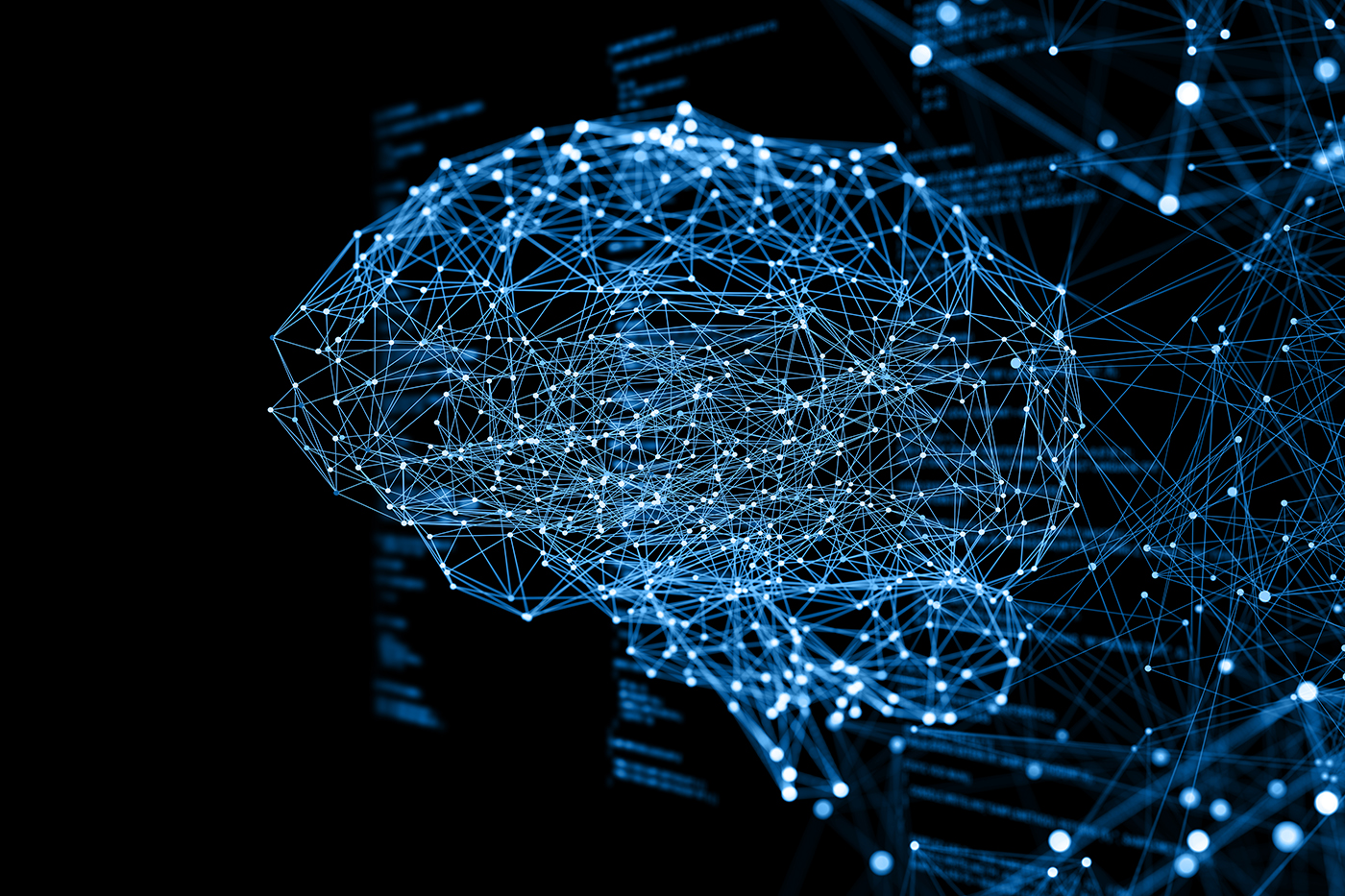




Artificial intelligence (AI) has the potential to assist in suicide prevention, improve mental health treatment, and aid decision-making in mass-casualty events. According to Annika Marie Schoene, a research scientist at Northeastern University's Institute for Experiential AI, AI tools, such as those used by Meta (the parent company of Instagram and Facebook), can detect posts that indicate someone intends to harm themselves. However, AI models currently struggle to accurately detect emotions, which limits their effectiveness in this context. Trained medical professionals remain crucial in suicide prevention, but AI can assist in analyzing large amounts of data to identify potential warning signs. It is important to note that the ultimate decision-making should never be left solely to the algorithm [05a28cfb].
In addition to its potential in suicide prevention, AI is also being used in other areas of healthcare. Researchers at MIT have found that AI models used for medical image analysis can exhibit biases and perform unevenly across different demographics. The study revealed that AI models can predict a patient's race from chest X-rays, a skill that even expert radiologists do not possess. However, the most accurate model in predicting demographics also showed significant fairness gaps, leading to incorrect results for women, Black individuals, and other groups. The researchers retrained the models to reduce biases, which improved fairness but only when tested on patients similar to those they were initially trained on. This highlights the importance of thoroughly evaluating AI models on diverse patient populations before widespread deployment to ensure accurate and fair outcomes for all groups [74ba74c3].
Furthermore, researchers from the University of Würzburg have developed an AI system based on Google's BERT language model that can detect lies with a 67% success rate, outperforming humans who only get it right 50% of the time [5572149c]. The study found that when given the option to use the AI lie detector, volunteers who chose to use it relied heavily on its predictions and accused a significantly higher percentage of statements as lies compared to those who relied on their own intuition. While AI lie detectors could serve an important function in combating the spread of disinformation and fake news, further testing is needed to ensure their accuracy surpasses that of humans [5572149c].
The use of AI in health care also presents challenges and potential pitfalls. Jennifer McLelland's analysis on Cal Health Report highlights the problems with using AI in health care and proposes some solutions [cd01e64a]. McLelland conducted a test with three major chatbots and found that their responses were generally 80% correct and 20% wrong. However, one of the main issues with AI models available to consumers is that they take in information from the internet, but it's often unclear where the information came from, making it difficult to determine its accuracy. This lack of transparency raises concerns about the reliability of the information provided by AI models. The article emphasizes the importance of health literacy and the need for reliable sources of information. It also highlights the potential dangers of using AI to make decisions about patient care, as the data it is trained on may be biased. The author suggests that AI should not be treated as a solution to the problems in the health care system, but rather that the focus should be on listening to the needs of the people who depend on the system [cd01e64a].
Researcher Omer Perry and his team have developed an algorithm that can help paramedics improve decision-making during high-stress casualty events. The algorithm scans data on the casualties at the scene and sets the order of their treatment and evacuation to minimize patient deterioration. Perry's team is training the algorithm to optimize its decision-making process. The algorithm could be executed by computers of emergency service operators or via smartphones of first responders at the scene. Perry's research also includes the issue of allocating patients to particular medical centers, which could lead to better methods of directing patient transport. The research is conducted in partnership with Eli Jaffe, deputy director general of community at Israel's national emergency service, Magen David Adom. The algorithm is expected to be available for use in approximately a year's time [9355e821].